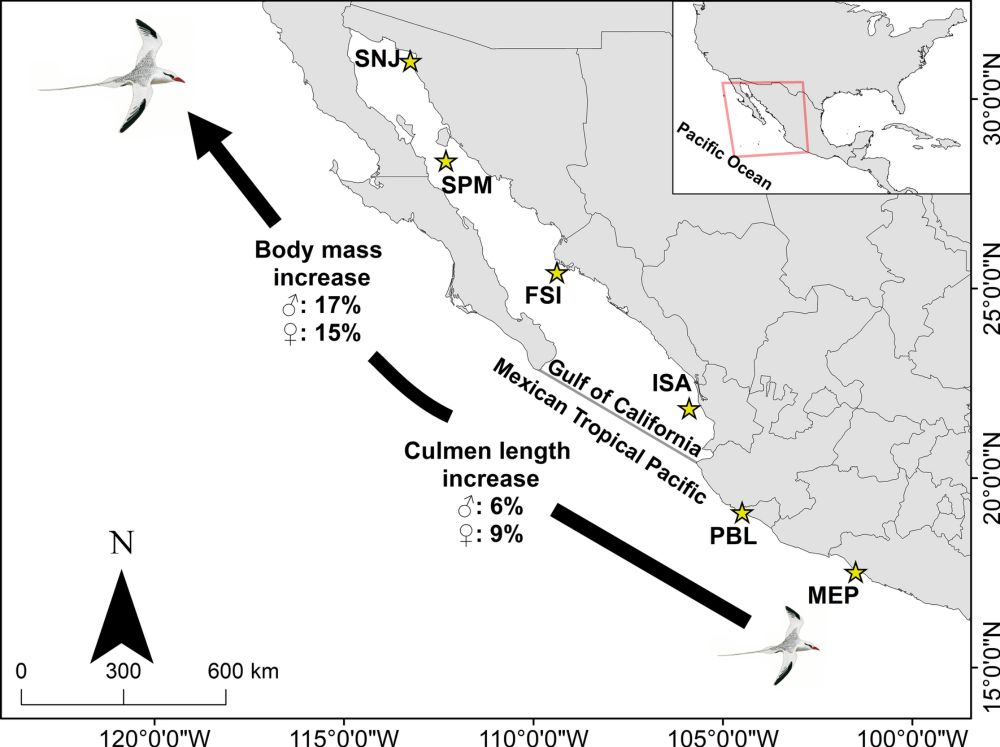Dance Your PhD 2025: Rethinking the Production of Research Findings
This video is a submission for the special AI/quantum category of the 2025 “Dance your PhD” competition run by AAAS and Science: bit.ly/4c8Ricx Despite significant advances in digital technologies, modern scientific results are still communicated using antiquated methods. Since the first scientific article published in 1665, we have managed the switch from physically printed articles to PDFs, but these electronic documents are still text-based and not machine-readable. This means your computer cannot interpret the information they contain without some level of human assistance (e.g., detailed prompts, large amounts of training data). With millions of scientific articles published annually, researchers and other data users stand to benefit greatly from approaches that enable machine-assisted information organization and reuse. In this video, we explore the limitations of text-based PDF articles from a machine’s perspective and demonstrate how using knowledge bases that structure scientific information in a machine-readable format can address some of these challenges. Using color to represent different kinds of scientific information (think figures, tables, and statistical analyses), we look at a machine’s ability to interpret information in a text-based format compared to a machine-readable format. We use Zumba®, which uses structured dance sequences to create easy-to-learn choreographies, to represent the inherently structured nature of much scientific information, which is easily lost in PDFs. This video is inspired by research conducted at the Lab Knowledge Infrastructures led by Dr. Markus Stocker at the TIB – Leibniz Information Centre for Science and Technology in Germany. The video was produced by Lauren Snyder, a postdoctoral researcher in the lab and a licensed Zumba® instructor. We would like to extend a very special thank you to Zumba® for their permission to use and perform their original song, Guadalajara (PPL-/PPCA-free music). We are also very grateful to ZJ™ Rony Gratereaut for the Zumba® choreography that we adapted for this video. Learn more about the researcher and machine-readable scientific information here: Lauren Snyder: @laurendsnyder.bsky.social (Bluesky), @dr.zumba_lauren (Instagram) Machine-readable reborn articles: https://reborn.orkg.org For any questions related to the video, please contact Lauren at lauren.snyder@tib.eu REFERENCE Markus Stocker, Lauren Snyder, Matthew Anfuso, Oliver Ludwig, Freya Thießen, Kheir Eddine Farfar, Muhammad Haris, Allard Oelen, and Mohamad Yaser Jaradeh (in press). Rethinking the production and publication of machine-reusable expressions of research findings. Scientific Data. CREDITS Directed, Written, & Produced by Lauren Snyder with creative inspiration from Ricardo Perez Alvarez Cast (alphabetical order) Vinodh Ilangovan Ida Keller Ekaterina Mogilnaia Alica Oppermann Tobias Oppermann Susen Orth Sonja Rexin Mia Richter Maya Schaefer Lauren Snyder Filmed by Kevin Baumann & Ricardo Perez Alvarez Edited by Kevin Baumann Choreography ZJ™ Rony Gratereaut & ZIN™ Lauren Snyder Music Credits Zumba® Original - Guadalajara (PPL-/PPCA-free music) The research portrayed in this video is led by researchers at the TIB – Leibniz Information Centre for Science and Technology, and is associated with the Leibniz-Lab “Systemic Sustainability” project funded by the Leibniz Association and the FAIR2Adapt Horizon Europe Project. This project has received funding from the European Union’s HorizonEurope programme under the grant agreement number 101188256. Any dissemination of results here presented reflects only the consortium view. The Commission is not responsible for any use that may be made of the information it contains.






